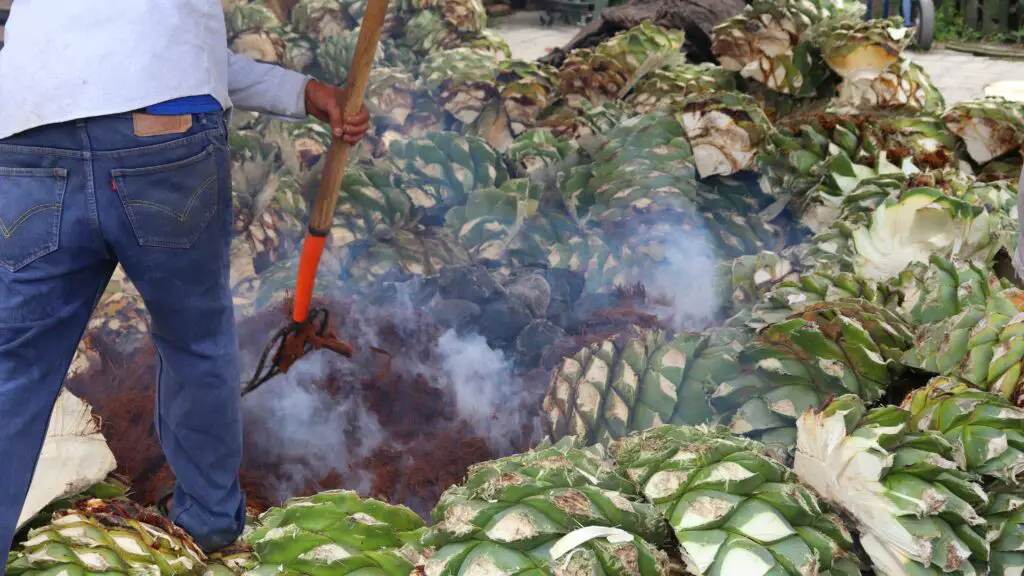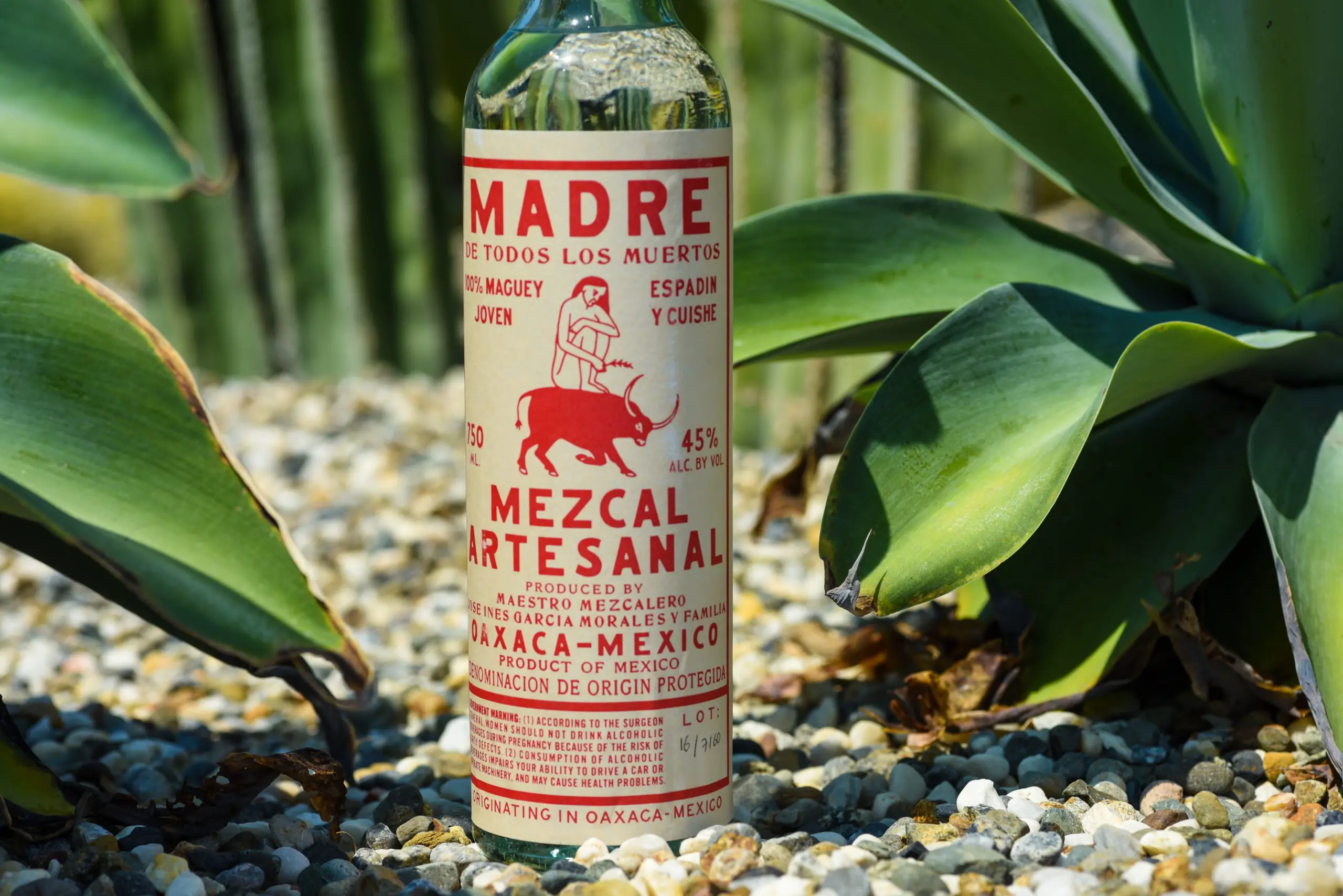Table of Contents
Oaxaca’s Spirit of Choice is as Environmentally Friendly As it Gets
The age-old methods still employed in making mezcal (mescal), the alcoholic beverage of choice in the southern Mexico state of Oaxaca, come as close as possible to representing an environmentally friendly industry. From preparing the agave (maguey) plant to be dug out of the ground, to disposing of the “waste” from the distillation process, and everything in between, the process is as green and sustainable to the economy as one finds in all of Oaxaca, if not Mexico.
Proving the thesis must have its genesis in a brief overview of how mezcal has been produced in Oaxaca, using traditional methods carried over from colonial times. The technique can still be witnessed by travelers to the region willing to venture off-the-beaten-path, to the tiny village factories, or palenques.
Traditional Production of Mezcal in Oaxaca
As the agave espadin (the variety most commonly used to produce mezcal) matures, a stock, or chiote, shoots up from the middle of the plant. It’s cut down, and the plant is allowed to grow and gather nutrients in its base, or pina, for up to several months. The long, succulent leaves are then removed, and the pina is pried from the earth.
Firewood is placed in a deep pit. Stones are placed atop the smoldering logs, and in due course the pinas, usually halved or quartered, are tossed on top of the red-hot rocks, often within the context of additional fascinating ritual. Grain sacks cover the pinas, and earth is shoveled onto the bags.
After several days the airtight oven is opened and the baked pinas allowed to cool. They are crushed by a horse or donkey dragging a multi-ton limestone wheel over them, in a shallow stone enclosure. The fibrous mash is pitched into a large pine vat until it’s ¾ filled. After a few days, the vat is topped up with water. Fermentation, already begun, continues for a further ten or so days.
The fermented fibrous mash and liquid is placed in a rudimentary still with copper piping and receptacle, heated with firewood. Vapor rises, then converts to liquid as it flows through a copper serpentine immersed in a companion tank of water. Mezcal drips out of a spigot. A second distillation completes the process.
Agave in The Fields: Part One of Sustainability in a Green Industry
The agave stock is at times used in the construction of homes in Oaxaca, akin to the building of a log cabin, generally covered over with cement. It’s been said that such structures last up to 100 years. The chiote can also be used as firewood. For example, the potters of the village of San Marcos Tlapazola rely on this fuel source to bake their clay figures and other decorative pieces, as well as piñatas, vessels and cooking paraphernalia. They also rely on the dried leaves to heat their primitive yet highly functional open-air ovens.
While the succulent agave leaves were often used in traditional eras for making hemp-like ixtle, or twine, and for making mats and clothing, in contemporary times they are employed as fertilizer once composted or simply allowed to cover lands under cultivation. They are also used to add flavor to goat and sheep cooked in below-ground ovens, usually for fiestas or prepared for comedors and restaurants on weekends or village market days; a layer of leaves is placed atop the meat before baking begins.
Wood For Fueling the Pit and Still for Making Mezcal: Part Two of Sustainability in a Green Industry

Many mezcal producers, or palenqueros, purchase wood deemed seconds in the forestry and home-construction industries, enabling them to buy firewood for their stills and pits at a discounted price.
The wood used to bake agave in the in-ground oven, has a residual use. After the removal of first the baked agave, and then the cooled stones, charcoal is found at the bottom of the pit. It’s shoveled into grain sacks, and then either sold or used by the family of the palenquero – as fuel for heating up grills and comals, for preparing tortillas, meats, and other foodstuffs; or simply for boiling water to use as drinking water or to make aguas frescas, soften raw corn kernels, and so on.
Distillation and Subsequent Steps in Mezcal Production: Part Three of Sustainability in a Green Industry
Once the mashed, fermented agave and accumulated liquid has been distilled, some liquid and fibrous material remains in the still. When the still is drained, often the liquid is diverted to irrigate fields of agave or other crops. The fiber is then pitched into large heaps.
The discarded fiber has two main uses. It is used as mulch or left to decompose for use as fertilizer. It’s also used to make adobe bricks; the fiber has properties similar to the more traditionally used straw. Accordingly, when mixed with mud or clay, and sand or gravel, and of course waste from farm animals, it is recycled into an excellent insulating building material.
Drinking Mezcal in Oaxaca Supports a Green and Sustainable Living Model
Of course not all mezcal production is environmentally friendly. But the closer the production of the spirit comes to the small-scale rural facilities one finds peppering roadsides in the mountains of Oaxaca, the greater the likelihood that its producer adopts sustainable living and green methods of growing and harvesting the agave, baking it, and dealing with the “waste” which is secondarily produced throughout the various stages of the process. Recycling in Oaxaca is alive and well, at least in the mezcal industry.

It’s not a matter of where, but when. Time is precious and my time spent living and experience the cultures of this world is what I lust for. This is why I created this website, to share true, genuine experiences and not just typical touristy info. Travel, the love of coffee, and food!
